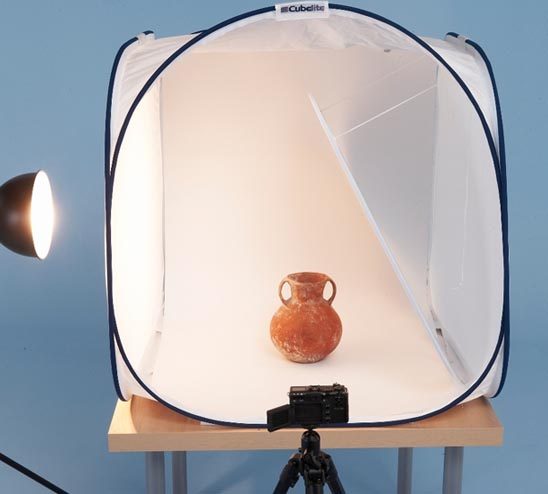Are you benefitting from your blog?
Blogging, not new, but very clever when used properly. So how can blogging benefit a museum or gallery? Here’s a brief overview on why I feel you should be blogging, if you’re not already, and how to improve what you offer.

Sharing is Caring
When you share information about a subject which other people care about, they will share it too.
Information is readily available in handheld and desktop devices, no longer are we restricted to magazine and newspaper listings to find information about ‘what’s on’, ‘where should I go’, ‘what should I do’, or books to tell us ‘how to do’.
It’s one of the greatest shifts in media communication. At the beginning of my career, nearly 15 odd years ago, the Yellow Pages was the holy grail of direct marketing. Directory advertising could demand hefty premiums in those days because it was one of the only effective communication channels for that ‘I need a (insert trade/product etc)’ moment. My children don’t even know what the Yellow Pages is, in-fact I’ve no idea if it exists any longer, it doesn’t serve a purpose anymore. My children would also shudder at the thought of 4 TV channels (I’m giving my age away) – most media is consumed on-demand now – so it makes sense to provide content to meet those on-demand needs. Google calls these ‘micro-moments’ (you can read more about micro moments here) - it’s about capturing your target audience at the time they require the information.
So, what does this have to do with blogging?
Blog posts are, or can be, SEO (Search Engine Optimisation) friendly when written correctly – in short, Google will favour your page above others if your content is deemed to be richer and more valuable than theirs for that search term. Blog posts that offer, easy to digest and helpful content are - for want of a better word ‘shareable’. Links shared by others, via blogs, social media etc. all signal to Google that your page content is valued. After all, who do you look to for recommendations on products/restaurants/hotels? Do you look to the owner’s website? Or do you listen to your friends? Shared content is powerful - Google uses this as part of its search algorithm, so as a museum or gallery how can you harness this?
Creating readable, credible, and entertaining content
What do you want to achieve?
Firstly, I love museums and galleries, lots of people do, the hard work has already been done. If you want to build on footfall, understanding what your visitors engage with, why they visit is key. This is all about research, it should form part of your marketing data collection and inform your content strategy – simplistically, who are your customers? What is it they need to know?
An example, I visited a local museum at the weekend, I’ve been there many times, I hold a membership card – they had completely changed one of the exhibits (it had been closed for some time). A great way of communicating the changes – for me – would be ‘Top 5 new things to see at xxx’ short, bite-sized and to the point, absolutely ‘shareable’ and wouldn’t take a long time to write. Offering a discounted entry fee is well and good, but have you actually informed your prospective visitor why they should come in the first place and made them want to tell others?
We’re currently in the throes of the school summer holidays – how many of you should be writing content telling your audience how great your museum is as a ‘day out with children’? What do families want to see or know about the visit?
A website is fine for communication of corporate messages, but a blog can be more flexible and offer a tone of voice separate from your main website using individual authors. You can tell people about ‘hidden gems’, talk about ‘that day the rain came through the roof’, all as long as the purpose of the piece of content is retained.
Photography
Photographs do make a blog post more interesting, we use a Cubelite photography tent here for our product photography, if you’re blogging about a conservation project or even cataloguing a collection, they are worth a look. Lighting is always an issue for amateur photography, the tents are a good way of getting an even distribution of light, using a white background and base can save a lot of time editing in photoshop. Your main blog image may say everything 1500 words cannot, so it’s worth getting right. 
Build it and they will come - or will they?
This mantra is generally nonsense I’m afraid. You will need to have an audience with whom to engage. As I mentioned earlier, this is easier for museums and galleries – people already love you, you just need to communicate what they love, in a way your visitors can understand and engage with. This is where utilising your email newsletter distribution, press release, social media channels to all pull together works. My aforementioned museum visit, the one with the new exhibit, I had heard nothing from them before visiting – and I really should have done, it looks great.
Ongoing value
Unlike a tweet or a Facebook post which can disappear from view more quickly than it’s written, your blog is there for posterity, its value can continue to accrue the longer it is online. Each post, provided it isn’t date sensitive, can continue to offer your museum or gallery value in search engine results. Other than the time it takes to write the piece, blogging is free, and it’s here to stay.
Post written by Lloyd at Preservation Equipment.